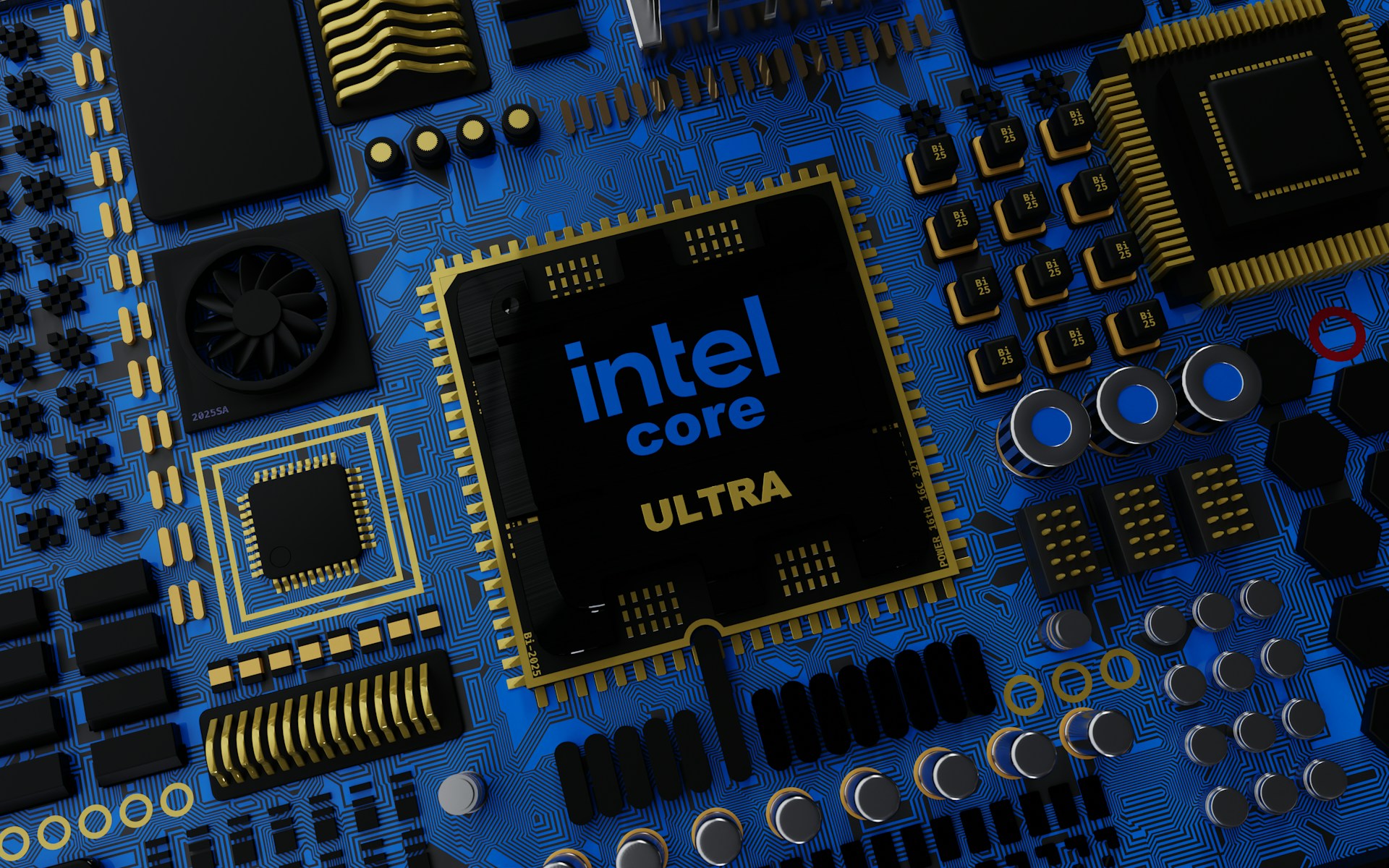The initial BIOS versions with Intel’s new microcode for Raptor Lake CPUs are now available. We have examined the behavior of the CPUs before and after the update.
Asus was the first motherboard manufacturer to provide BIOS updates. Since then, more manufacturers have followed suit, releasing new versions aimed at ensuring higher stability. Intel’s microcode also aims to ensure that processors remain reliable and do not become unusable after only a few months. This move by Intel is part of their ongoing commitment to quality and long-term performance, addressing concerns that have been raised by both consumers and industry experts.
We installed the new BIOS on an Asus Maximus Z790 Dark Hero and observed both our test samples from the Raptor Lake generation and the newer Raptor Lake Refresh CPUs, noting the differences. Intel has corrected some voltage spikes, which, according to the manufacturer, may have been a possible cause of frequent defects in Raptor Lake CPUs. This update is expected to significantly improve the durability and performance consistency of these processors.
Using Hwinfo, we logged the maximum voltage requested by the CPU (VID). High voltage spikes mainly occur when a thread is handed off from one CPU core to another, as well as during idle periods with brief activities such as starting programs. This aspect of CPU performance is critical, as excessive voltage can lead to increased wear and potential failure over time.
Under full load on all cores, the voltages were unproblematic even before the update. However, when only individual cores are used, the CPUs do everything they can to reach the maximum clock rate. This behavior is essential for tasks that require high single-threaded performance, such as gaming and certain professional applications. The microcode update helps balance these demands with the need for longevity, ensuring that high performance does not come at the cost of reliability.
In addition to voltage management, the new BIOS updates include several other improvements aimed at enhancing overall system stability. These include better memory compatibility, improved power management features, and refined thermal controls. Such enhancements are particularly beneficial for users who push their systems to the limit, such as gamers, overclockers, and content creators.
The Raptor Lake CPUs are known for their robust performance capabilities, and these updates help to solidify their position in the market. Intel’s proactive approach in addressing potential issues before they become widespread problems is a testament to their dedication to providing top-tier technology solutions.
As more motherboard manufacturers release their BIOS updates, it is crucial for users to stay informed and ensure their systems are running the latest firmware. This not only improves performance but also enhances security, as many BIOS updates also include important security patches.
The collaboration between Intel and motherboard manufacturers highlights the importance of a cohesive ecosystem in the tech industry. By working together, they can deliver optimized solutions that cater to the diverse needs of consumers and professionals alike.
Looking ahead, Intel continues to innovate and refine their technology, with plans for future updates and enhancements already in the pipeline. The introduction of new technologies such as artificial intelligence and machine learning will further push the boundaries of what is possible with CPU performance and efficiency.
In conclusion, Intel’s new microcode update for Raptor Lake CPUs represents a significant step forward in ensuring the longevity and reliability of their processors. By addressing voltage spike issues and providing a host of other improvements, Intel reaffirms its commitment to delivering high-quality, durable, and performance-driven technology. Users are encouraged to update their BIOS to benefit from these enhancements and continue to enjoy the robust performance that Raptor Lake CPUs are known for.
 Frankfurt’s Dax Flatlines in Pre-Holiday Lull as U.S. Data Offers Mixed Signals
Frankfurt’s Dax Flatlines in Pre-Holiday Lull as U.S. Data Offers Mixed Signals  Market Momentum for Specialized Funds: Latest Updates on JAAA and Aristotle Small Cap
Market Momentum for Specialized Funds: Latest Updates on JAAA and Aristotle Small Cap  Leaked Sony Xperia 10 VII Renders Reveal Major Design Overhaul
Leaked Sony Xperia 10 VII Renders Reveal Major Design Overhaul  Tesla Quietly Pulls Plug on Model S and Model X Sales in Germany and Beyond
Tesla Quietly Pulls Plug on Model S and Model X Sales in Germany and Beyond  Temu Targets Germany’s Grocery Market: A New Competitor for Aldi, Lidl, and More
Temu Targets Germany’s Grocery Market: A New Competitor for Aldi, Lidl, and More  NFC Gets a Major Upgrade: New Standard Expands Range Fourfold
NFC Gets a Major Upgrade: New Standard Expands Range Fourfold  American Coastal Insurance Corp.: Focused on Residential and Commercial Insurance Solutions
American Coastal Insurance Corp.: Focused on Residential and Commercial Insurance Solutions  HUAWEI FIT 4 Pro: A Smartwatch That Delivers Without Breaking the Bank
HUAWEI FIT 4 Pro: A Smartwatch That Delivers Without Breaking the Bank  Direxion Daily S&P Biotech Bull 3X: A High-Octane Bet on the Biotech Sector
Direxion Daily S&P Biotech Bull 3X: A High-Octane Bet on the Biotech Sector 